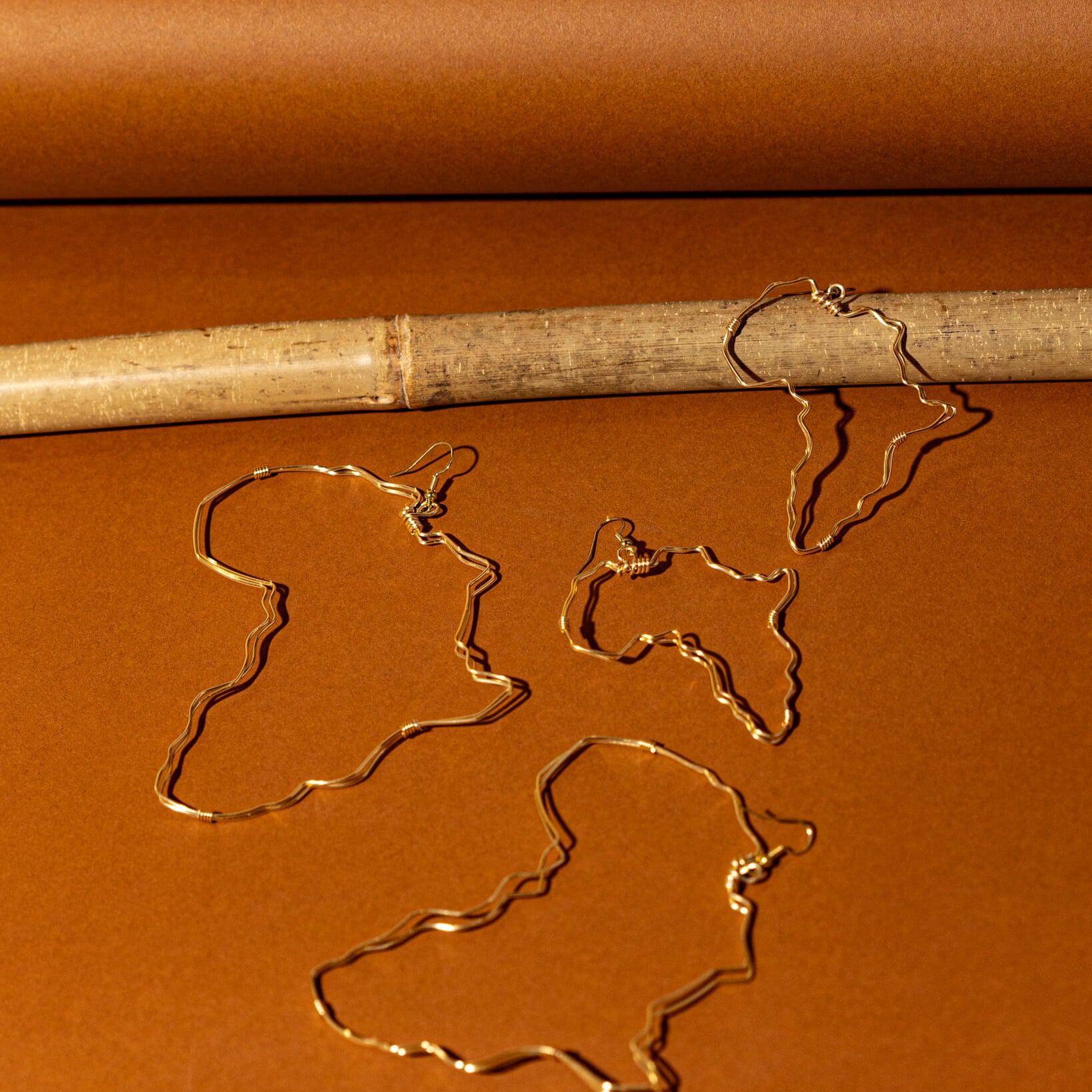Whether you call them edges or baby hairs, our hairlines require effort to stay healthy and grow strong. The key to healthy edges is well-maintained hair and a proper care routine. How many of these do's and don'ts do you already follow?

DO ask to leave your edges out. Our edges are the most vulnerable section of our hair. In addition to the hair being fine in texture, it is also prone to drying out because of frequent handling. If you have yet to have a braiding experience that caused havoc on your edges, congratulations, but you've undoubtedly heard horror stories from those in the community. At your next appointment, ask to have your edges left out instead of exposing them to unnecessary tension for 4-6 weeks. Natural edges are beautiful and accentuate boho, and tall headwrap looks. Being unapologetic now leads to healthy hair down the road.
DON'T allow buildup from edge control. Let's be clear. If you apply today's layer of edge control without washing out the previous day's, you are asking for trouble. Edges are sparse compared to hair at the crown of the head, so in addition to each strand receiving more product, follicles at the hairline are at an increased risk of becoming clogged. Avoiding buildup decreases inflammation which is the body's way of signaling something is wrong. Suppose hair follicles are interpreted as intruding because of pain or damage to the scalp and surrounding area. In that case, the body's response is to stop producing hair in the affected area. Avoid the risk by being aware of your products. Some edge controls include alcohol, which dries fast, providing a quick hold but dehydrates hair with each reapplication. Also, when styling baby hairs, do quick short passes with a suitable tool for the hairline, like a dampened toothbrush, versus a boars hair brush or one with stiff bristles.
DO be mindful of heat usage. We get it. You made your silk press appointment when fall's cool air replaced summer's humidity. There's nothing wrong with a bit of heat now and then, but be sure not to overdo it with the blow dryer, flat irons, and hot combs. Hairlines are privy to the happenings of our hair, face, and the elements in general. That means our edges regularly encounter sweat, face wash, the fringe buildup of our skincare routines, and fluctuating weather. Heat strips the hair shaft of moisture leading to heat damage, which at its worst, irreversibly changes the strand's curl pattern. Other over-manipulation offenders include ponytail wearers and those who routinely part their hair on the same side. Switch your style up after two days to avoid the thinning of fragile strands.

DON'T forget to protect with satin. As winter enters the chat, head coverings will start pulling double duty to keep heads warm while putting the finishing touches on a look. While durable, cotton material absorbs moisture, making hair brittle, and increasing the chance of breakage and split ends. However, our hair's natural zig-zag pattern slides over satin. The material supports hair in staying smooth, sealed, and stretched for longer. Tucking edges away this season for a spring reemergence is an excellent strategy to grow strong. During the day, hair solutions like silk head wraps, ruched headbands, and satin-lined bucket hats protect. At night, a satin scarf, bonnet, or pillowcase safeguards edges while you slumber.
DO take note of hormonal and lifestyle changes. As the seasons of life change, it is important to adjust expectations alongside them. Many women enjoy the added inch(s) that increased estrogen levels provide during pregnancy, only to experience shedding during the postpartum period months later. Overall, full shiny hair is a sign of good health. However, hormonal shifts, changing your diet, and taking new medication can all impact your body's hair production. Considering these differences can help pinpoint the exact culprit to stunted growth or shedding edges.

DO massage edges with oil. Retaining moisture is a crucial part of hair growth. In addition to looking and feeling good to the touch, moisturized hair is more elastic. This means hair will stay stretched longer, is less prone to breakage, and decreases the chance of tangles and single-strand knots. Ultimately, we can't control how quickly our bodies produce hair - side eyes #9 - but we can do our best to protect what has already emerged. Recruit your boo, mom, sister, or roommate to oil your edges, and then *gently* persuade them to hit the rest of your scalp while they're at it.
DON'T skimp on water intake. Few things are in our control when it comes to our hair. We can't guarantee humidity won't swoop in and ruin our styles or our twist out will turn out exactly as planned. But we can all keep our water intake an optimal level. We've spoken on the benefits of water before. Like a plant all our body systems, hair included, thrive when we are properly hydrated. Our brains and body are majority water so when we slack everything is impacted. Pro tip: when we feel "thirsty" we're already dehydrated. Drink up.

DON'T over-manipulate your hair. Box Braids, Senegalese twists, and other hairstyles achieved by adding extensions are low-manipulation styles. And depending on the length of the hair added and time kept in, they are only sometimes protective styles. A protective hairstyle offers three things: easy access for regular washing, low tension, and low manipulation. As the fronts of our hair are naturally less coarse, they tend to support more weight than they should. Tension leads to inflammation - the real culprit - which, if left unaddressed, can lead to edge and hair loss. Stretch knit head wraps are great for hair down time because they provide both the softest weave and access for washing and maintenance.
DO have patience. The most significant influence on your hair's growth is family genetics. Hairloss is a normal part of the hair growth cycle as it goes between the anagen (growing), catagen (transition), and telogen (resting) periods. Considering hair cells are one of the fastest replicating cells in the body, we all benefit from the biological need to conserve heat through body hair. If you've noticed sudden changes or have concerns about your hair's growth, talking with your family about their hair experiences and how they've changed over the years can present a bonding and learning moment for what's to come.
DON'T think it's too soon to consult a professional. At the end of the day you know your body better than anyone and keeping peace of mind is a priority. If you believe issues with your edges growth or retention is more than just keeping a braid style in for too long and paying with your hairline, clinicians will be able to support and guide you to appropriate care, treatment, and specialists.























Leave a comment